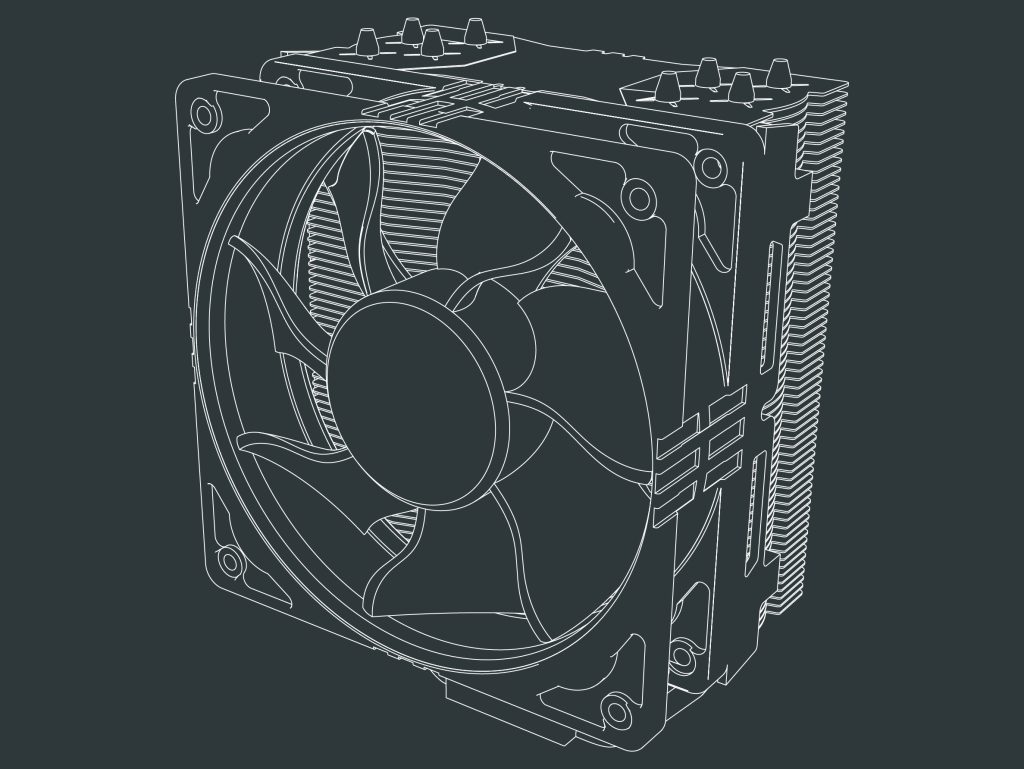
Deciding what kind of cooling system will work the best for your PC can sometimes be daunting. There are three main cooling times: heat sinks, fans, and liquid cooling. We will discuss the significant differences and how they apply to computers.
Heat Sinks
A heat sink is a standard temperature control component with CPUs and similar parts. A heat sink works by dissipating the heat away from the attached piece and allowing it to stay at a maintained temperature. This effect is achieved by the fact that the metal that the heat sink is made of works as a conductor for the heat, pulling it away from the component.
Fans
Fans are an active system running off the same power as your computer. These fans actively push the hot air away from the computer’s insides and move it to the outside of the case. Typically you will see fans in conjunction with a heat sink so that you have active and passive systems.
Liquid Cooling
Liquid cooling forces a sealed and pressured amount of liquid over the components, cooling them to a specified temperature. Typically they use distilled water as it is a thermal conductive. Liquid systems are based on an internal combustion system in cars and trucks. Liquid systems are the most efficient on the market.
If you still have issues with your computer cooling needs, call us, and we can help you figure out the problem and fix it!






